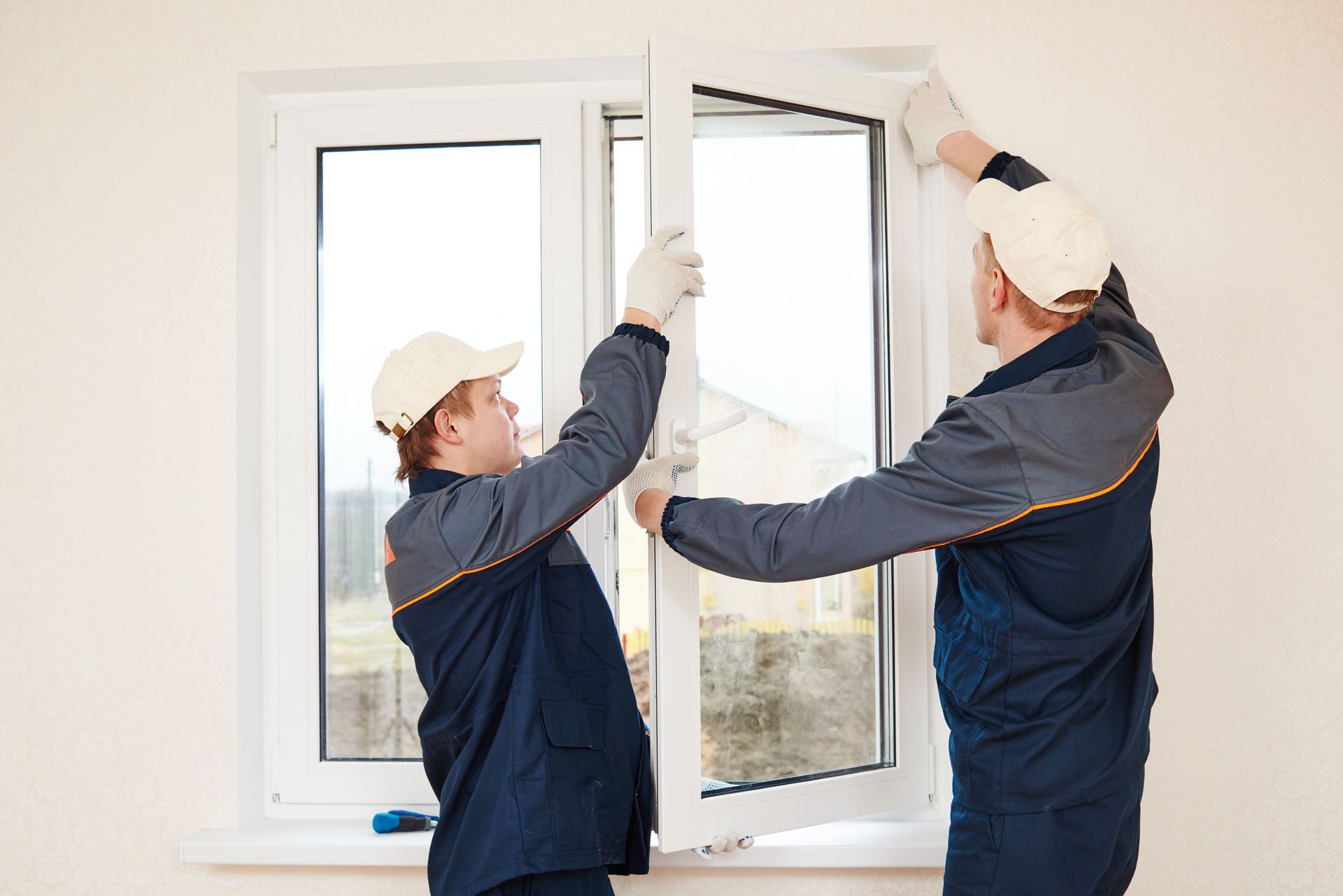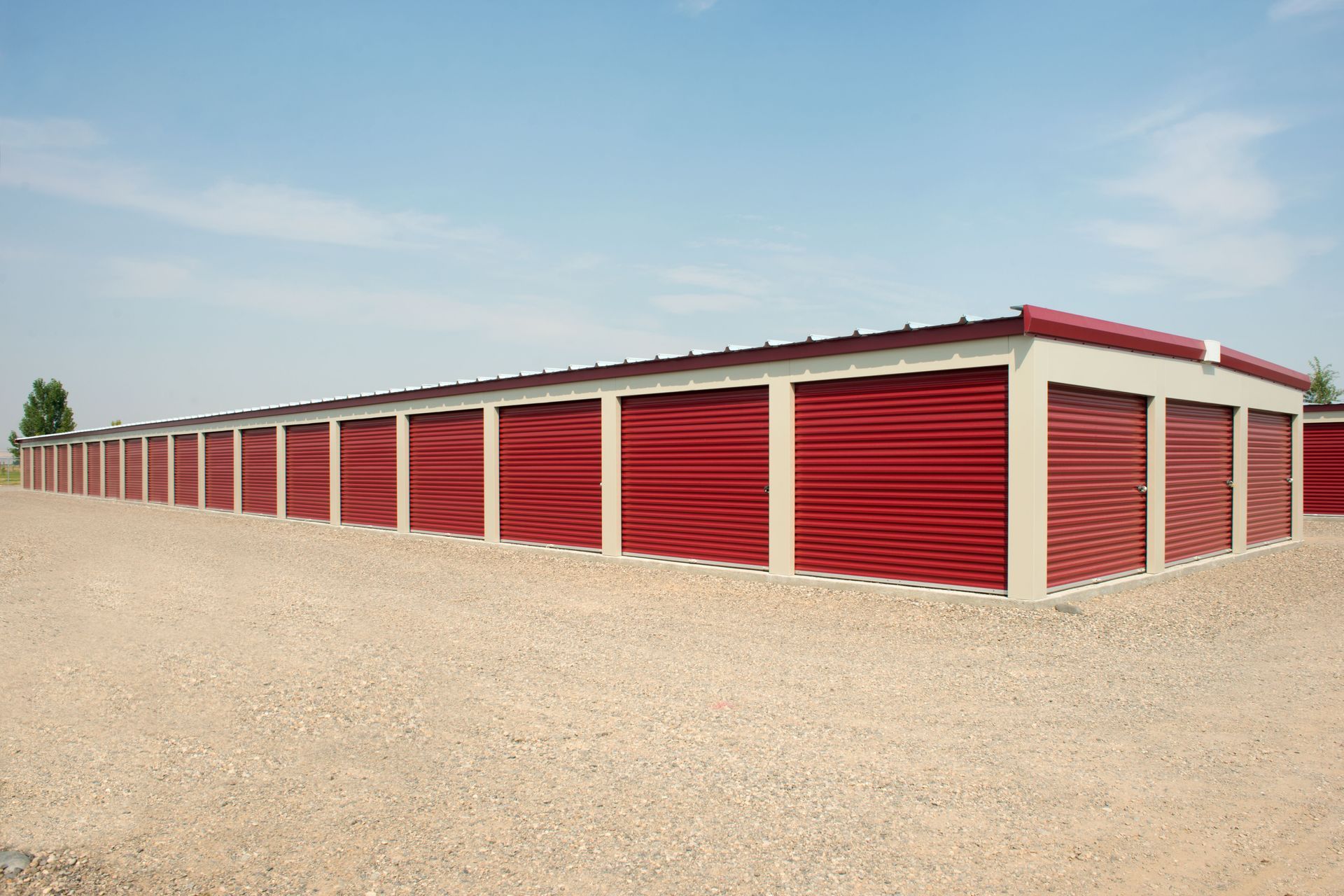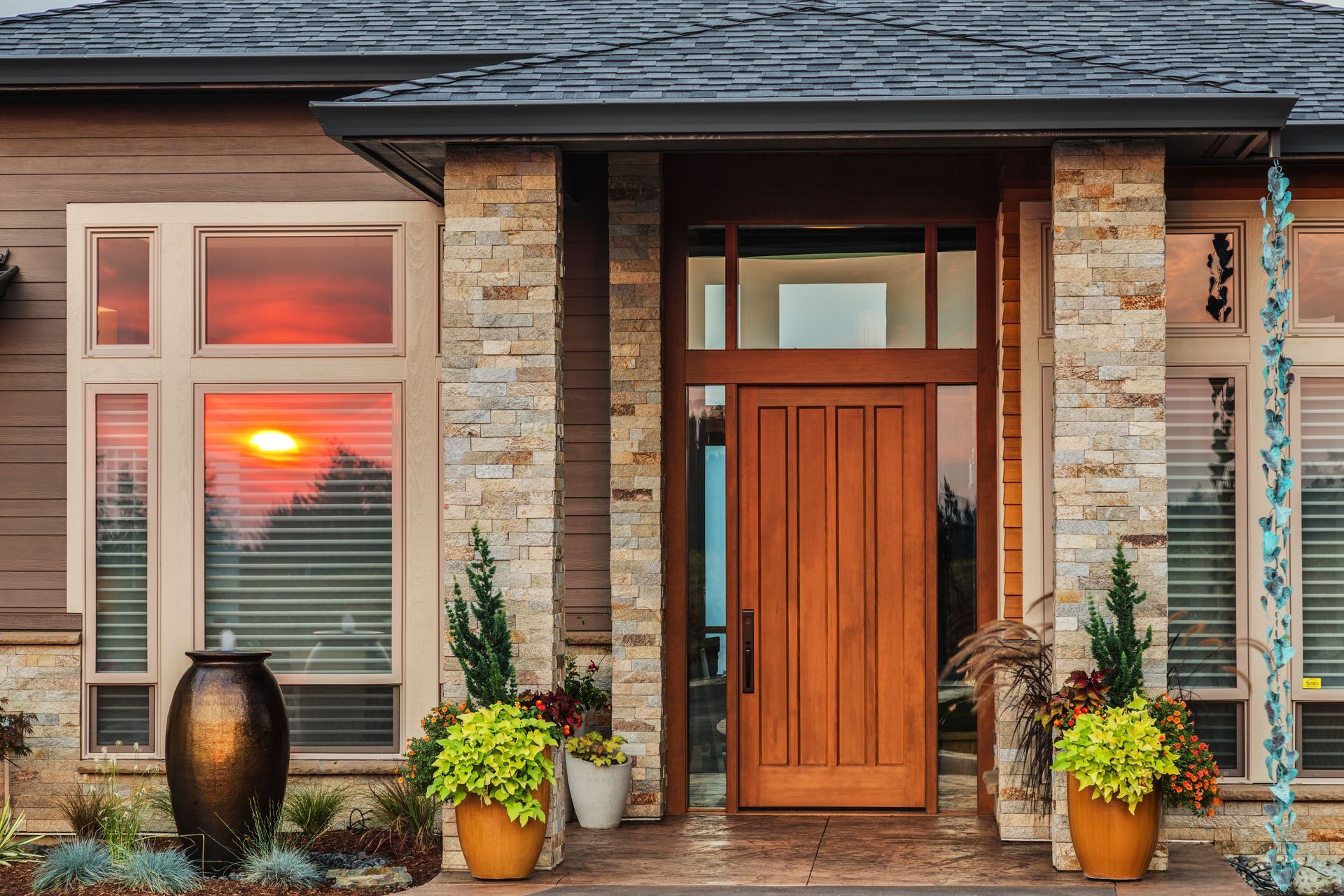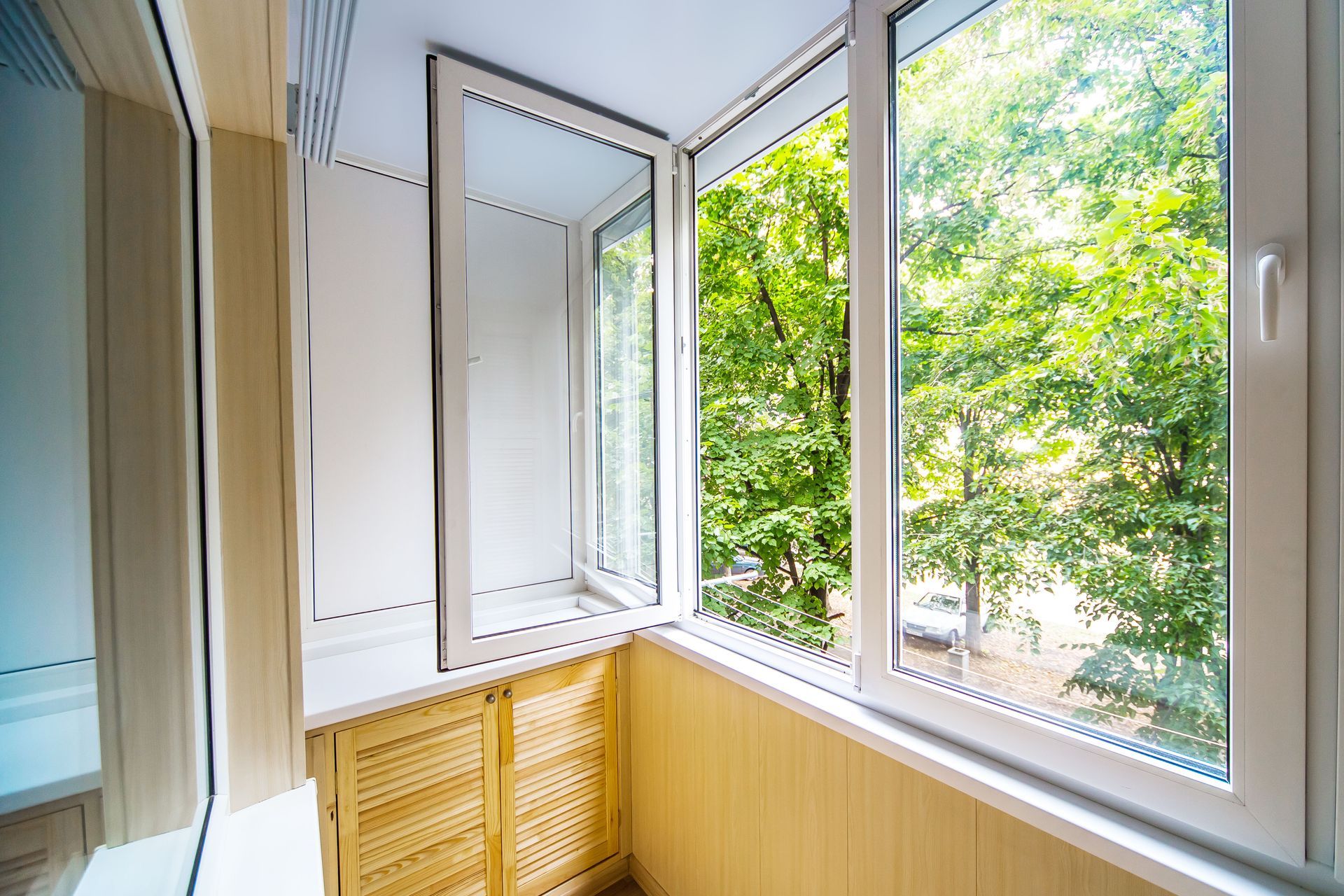August 25, 2025
Energy-efficient windows are an essential component in reducing energy consumption and enhancing home comfort. As energy costs rise and the need for greener alternatives becomes more pressing, upgrading to energy-saving windows is a consideration for many homeowners. This article explores several types of energy-saving window installations to consider for eco-friendly home improvement. Each type offers unique benefits, from improved insulation to smart technology, helping reduce your carbon footprint. By choosing the right installation, homeowners can optimize energy usage and achieve substantial cost savings.
1. Double-Glazed Windows
1.1 Overview of Double-Glazing Technology
Double-glazed windows, also known as double-pane windows, consist of two layers of glass with a gap between them. This gap is often filled with inert gas such as argon, which enhances insulation. The use of two panes of glass provides an effective barrier against heat transfer, which is a significant advantage in both winter and summer. This technology is one of the most commonly used for improving a home's energy efficiency. According to Bob Vila, the average home has 10 windows, meaning upgrading all can significantly impact overall energy savings.
1.2 Benefits of Double-Glazed Windows
One of the primary benefits of double-glazed windows for window installations is their ability to keep heat inside during the winter and outside during the summer. This can significantly reduce energy bills as less heating and cooling are needed throughout the year. Additionally, double glazing also provides noise reduction, making homes quieter and more comfortable. The windows help create a consistent indoor climate, improving the overall comfort for the occupants. They also contribute to protecting furniture and decor from sun damage, as they reduce UV exposure from sunlight entering the home.
1.3 Cost vs. Savings Analysis
While the initial investment for double-glazed windows can be substantial, the long-term savings in energy bills often justify the expense. On average, homeowners can save between 10% to 25% on their energy bills by upgrading from single to double glazing. The payback period can vary depending on climate, energy costs, and existing window performance, but it typically ranges from five to ten years. In homes with ten windows, as Bob Vila notes, these savings can add up significantly over time. Moreover, improved window efficiency can increase a property's market value.
1.4 Installation Process for Double-Glazed Windows
Installing double-glazed windows is a professional job that requires precision and expertise. The process generally involves removing old windows, preparing the window frames, and fitting the new double-glazed units snugly. Proper sealing and alignment are crucial to ensure the insulation benefits are achieved and to prevent any drafts or moisture ingress. The installation process can be completed in a matter of days, depending on the size and scope of the project. Qualified installers will also ensure that the windows are in compliance with local building codes and standards.
2. Triple-Glazed Windows
2.1 The Basics of Triple-Glazing Mechanics
Triple-glazed windows use three panes of glass with two gas-filled spaces in between to provide even greater insulation. This technology is designed to maximize energy efficiency, making it extremely effective in extreme climates. The additional glass pane offers an extra barrier against thermal transfer, further enhancing a home’s energy performance compared to double glazing. Like double glazing, the gas used in these panes is typically argon or krypton. With three layers, these windows offer unparalleled thermal retention, crucial for minimizing heating and cooling costs.
2.2 Energy Efficiency Advantages
The energy efficiency of triple-glazed windows surpasses that of double-glazed systems significantly. These window installations are particularly beneficial in regions with harsh winters, effectively trapping heat indoors. They also excel in noise reduction, making them ideal for homes near busy roads or urban centers. Furthermore, the excellent insulation properties result in lower energy consumption for heating and cooling, resulting in considerable savings over time. In homes with an average of 10 windows, this efficiency advantage is financially and environmentally impactful.
2.3 Double vs. Triple Glazing
While both double and triple-glazing are energy-efficient options, triple-glazed windows provide superior insulation. However, they also come with a higher cost, which may not always translate into proportional savings, depending on the climate and energy prices. Triple glazing is best suited for climates where maintaining interior temperature is particularly challenging. For homes in milder climates, double glazing may offer sufficient energy savings at a lower cost. Ultimately, the decision should consider both climatic needs and budget constraints, balancing upfront costs with potential energy savings.
2.4 Cost-Effectiveness and ROI
The investment in triple-glazed windows can be significantly higher than double-glazed window installations, but the return on investment can also be substantial in colder regions. The primary benefit is reduced heating costs during the months when temperatures plummet. Additionally, the increased comfort and reduced exterior noise can be a compelling value proposition for homeowners. For homeowners with ten windows, as Bob Vila points out as average, the accumulation of energy savings can hasten the payback period for the investment. However, the cost-effectiveness is highly dependent on specific environmental conditions and personal needs.
3. Low-E Glass Windows
3.1 Introduction to Low-E Glass Technology
Low-emissivity (Low-E) glass is a type of energy-efficient window glazing that improves thermal performance by reflecting heat. The glass is coated with a microscopic metallic layer that reflects heat to its source. This strategic reflection helps keep heat inside during winter and outside during summer, drastically reducing energy costs. Low-E glass is a popular choice in both residential and commercial settings due to its effectiveness and versatility. It’s an optimal solution for the average home with ten windows, enhancing energy efficiency and increasing indoor comfort.
3.2 Types of Low-E Coatings
There are two main types of Low-E coatings: hard-coat and soft-coat. Hard-coat Low-E glass is applied during the manufacturing process and offers durability, making it suitable for harsher climates. Soft-coat Low-E, applied after the glass is made, provides superior insulation properties and is a better performer in energy conservation. The choice between hard-coat and soft-coat depends on specific climate needs and home energy goals. Both types contribute to reducing energy consumption and improving home efficiency.
3.3 Energy Savings and Comfort Enhancement
Low-E glass window installations are particularly effective in optimizing energy savings without compromising comfort. The metallic coatings reduce excessive heat gain in the summer, cutting down on air conditioning costs. During winter, they help retain heat, reducing the need for extra heating. This dual function results in a more consistent indoor climate year-round and helps reduce greenhouse gas emissions. For the standard home with around ten windows, integrating Low-E glass can significantly offset energy costs, promoting a more sustainable lifestyle.
3.4 Cost Implications of Low-E Windows
Low-E glass windows are a cost-effective energy solution compared to other high-performance windows. While slightly more expensive than standard glass, the energy savings they provide can quickly balance out the initial investment. In most cases, homeowners experience a return on investment within a few years through reduced monthly heating and cooling bills. Additionally, the improved comfort and potential increase in property value make Low-E glass an attractive option for enhancing home efficiency. For homes with an average of ten windows, the cumulative benefits can be considerable.
Choosing the right energy-saving window installation can dramatically impact your home's energy efficiency and carbon footprint. From double and triple-glazed windows to the innovative smart windows, each option presents unique advantages that enhance comfort and reduce energy costs. Contact Cosello Construction Inc today for more information about our window installations.




